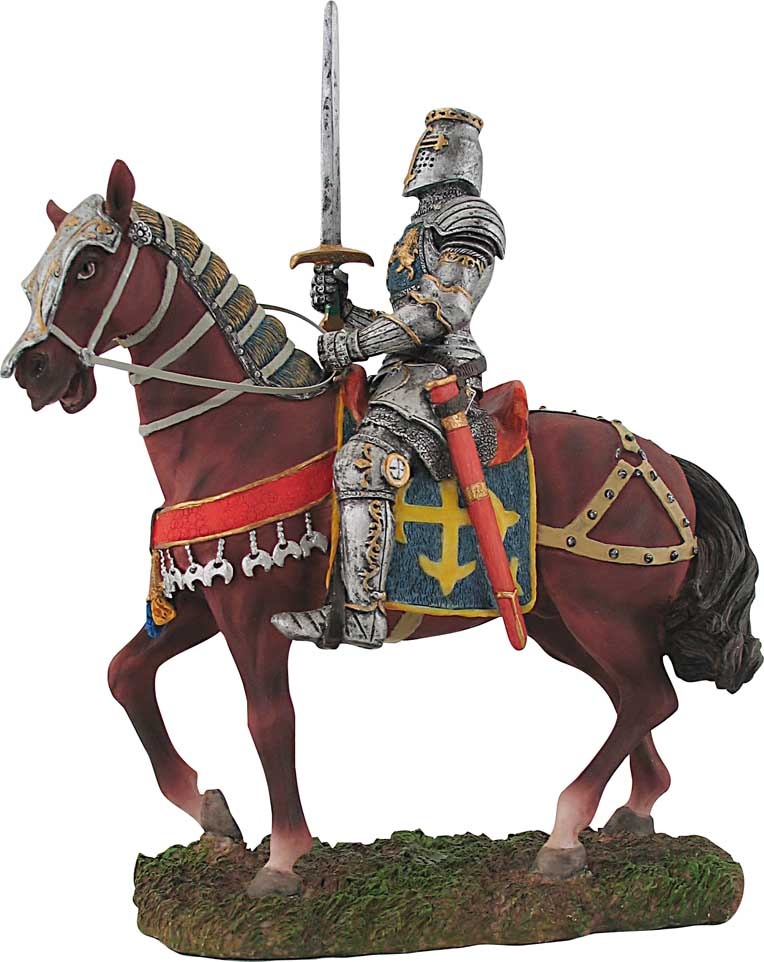Unveiling the Reality of a Medieval European Knight's Daily Routine
Ever wondered what it was truly like to be a knight in medieval Europe? Beyond the romanticized image of shining armor and valiant quests, lay a life of rigorous training, demanding duties, and constant preparation for war. This article delves into the realities of a medieval European knight's daily life, exploring the intricacies of their existence and dispelling common misconceptions.
The image of the medieval knight often conjures up visions of grand tournaments and chivalrous deeds. However, the daily routine of a knight was far more complex than these occasional displays of prowess. Their lives revolved around a strict code of conduct, demanding physical training, and unwavering loyalty to their lord. Understanding the day-to-day experiences of these warriors offers a glimpse into the heart of medieval European society.
The origins of knighthood can be traced back to the Carolingian Empire in the 8th century. Initially, knights were mounted warriors, often from noble families, who provided military service in exchange for land. Over time, knighthood evolved into a distinct social class with its own code of ethics and rituals. This code, known as chivalry, emphasized honor, courage, loyalty, and courtesy. While idealized, chivalry played a significant role in shaping the social and political landscape of medieval Europe.
A typical day for a medieval knight was structured around military training, religious observance, and fulfilling their feudal obligations. Their training began in childhood, often as a page in another nobleman's household. They learned horsemanship, swordsmanship, and other martial skills essential for combat. As squires, they served established knights, further honing their skills and learning the intricacies of warfare. Upon reaching adulthood, they were formally dubbed knights in elaborate ceremonies, marking their entry into the warrior class.
Beyond combat training, a knight's daily life included managing their estates, attending to their lord's needs, and upholding the laws of the realm. They were responsible for the defense of their lands and the protection of the peasantry. This involved maintaining their equipment, participating in patrols, and responding to any threats to their lord's authority. Religious observance also played a crucial role in their lives, with daily prayers and regular church attendance being common practice.
The importance of knights in medieval Europe stemmed from their military prowess and their role in maintaining social order. They were the backbone of feudal armies, providing the essential force for defending kingdoms and waging war. Their presence ensured the stability of the feudal system, allowing for the development of agriculture, trade, and other aspects of medieval society.
One of the main issues faced by knights was the constant threat of violence and warfare. Medieval Europe was a turbulent period marked by frequent conflicts and power struggles. Knights were expected to be ready for battle at a moment's notice, and their lives were often cut short by injuries or disease. The cost of maintaining their equipment and horses was also a significant burden, placing a strain on their finances.
While there isn't a step-by-step guide to becoming a knight (as it was a social process), there were recognized stages: Page, Squire, and Knight. Examples of famous knights include William Marshal, known for his military prowess and loyalty, and El Cid, a legendary Spanish knight celebrated for his courage and leadership.
Advantages and Disadvantages of a Knight's Life
| Advantages | Disadvantages |
|---|---|
| Land ownership and social status | Constant threat of injury or death in battle |
| Respect and honor within society | Significant financial burden to maintain equipment and lifestyle |
| Opportunity for advancement and glory | Demanding and rigorous lifestyle with little personal freedom |
Frequently Asked Questions about Medieval Knights:
1. What weapons did knights use? Swords, lances, maces, battle-axes, and daggers.
2. What was a knight's armor made of? Primarily chainmail or plate armor, depending on the period.
3. How did knights become knights? Through a process of training as pages and squires, culminating in a dubbing ceremony.
4. What was chivalry? A code of conduct emphasizing honor, courage, loyalty, and courtesy.
5. Did all knights own land? Not all, but land ownership was a common reward for service.
6. What was a knight's role in society? To serve their lord in war and maintain order in the realm.
7. Were there female knights? No, knighthood was exclusively a male domain.
8. What happened to knights in peacetime? They managed their estates, trained, and participated in tournaments and other activities.
In conclusion, the daily life of a medieval European knight was a complex tapestry woven with military training, feudal obligations, and adherence to a strict code of conduct. While romanticized in literature and popular culture, their existence was far from glamorous. They faced constant dangers, endured rigorous training, and carried the burden of defending their lords and upholding the social order. Understanding the realities of their daily lives provides valuable insights into the social, political, and military dynamics of medieval Europe. By exploring the complexities of their experiences, we gain a deeper appreciation for the significant role knights played in shaping the course of history.
Decoding the are you or arent you meme phenomenon
Deciphering cto water filters your guide to cleaner water
Decoding your dolphin e10 pool cleaner parts explained













